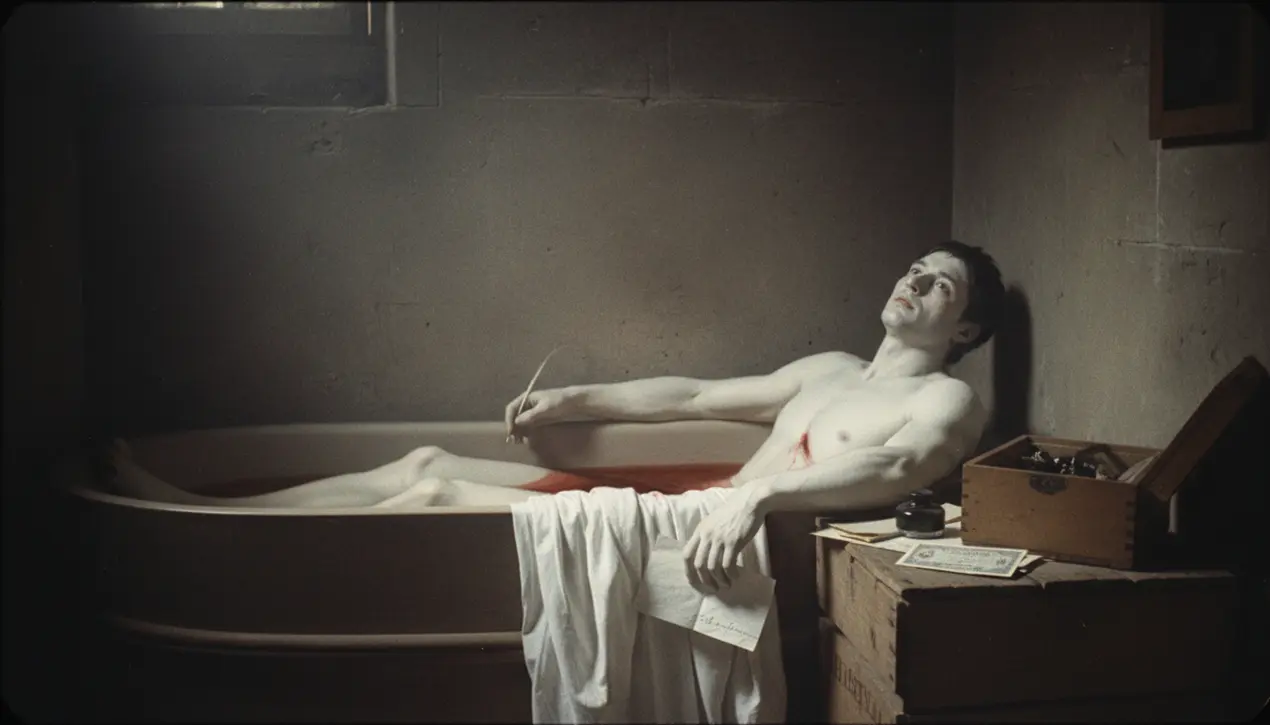
Entertainmenttheatre & artsArt Exhibitions
Jacques-Louis David: The Revolutionary Power of Political Aesthetics
AM
Amanda Lewis
2 hours ago7 min read
Jacques-Louis David did not merely paint history; he engineered it through calculated visual rhetoric. His masterpiece, 'The Death of Marat,' stands as a prime example—not a passive depiction of assassination, but an active instrument of revolutionary propaganda.David masterfully reframed a brutal killing into a secular martyrdom, stripping the event of its messy particulars—Marat's debilitating skin condition, Charlotte Corday's motives—to construct a pristine, classical pietà. Each compositional choice carries ideological weight: the stark austerity, the fallen arm, the bloodied quill, and the sanctifying light all serve a deliberate political argument.In David's practice, Neoclassical clarity was not an artistic preference but a tactical weapon. He demonstrated that narrative control begins with image control, a principle that resonates from Soviet-era social realism to contemporary political campaigns.His pursuit of a 'truthful' style was, in reality, a search for the most compelling visual language to legitimize power—first the Revolution, then Napoleon's empire. For David, the brush was a tool of statecraft, and his aesthetic choices constituted his most profound political acts, affirming that style is never innocent but perpetually engaged in ideological conflict.
#Jacques-Louis David
#French Revolution
#Neoclassicism
#political art
#The Death of Marat
#art history
#featured
Stay Informed. Act Smarter.
Get weekly highlights, major headlines, and expert insights — then put your knowledge to work in our live prediction markets.
Comments
Loading comments...
© 2025 Outpoll Service LTD. All rights reserved.